Siesta and Fiesta: Acclimating to Spanish Culture
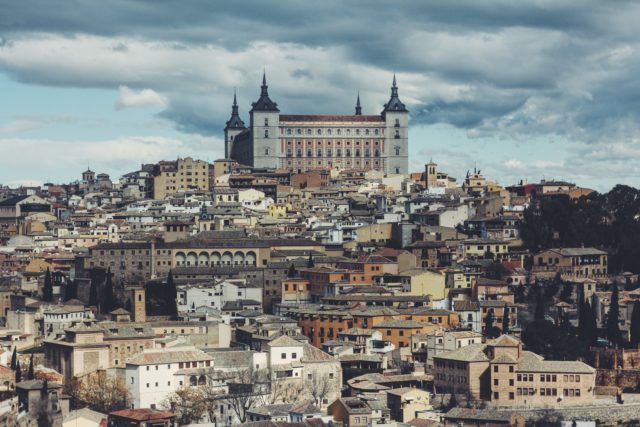
“How different from Spain could Poland be?” I asked myself before going to Barcelona for the first time. Okay, for sure it’s much more beautiful, has access to the Mediterranean Sea, much nicer weather, more handsome men, tastier food and the language…ah the language is one of the most beautiful languages in the world!
I made my decision to go to Spain just because I wanted to learn Spanish (and escape the sad Polish reality for a while). I find Spanish one of the most beautiful languages in the world and I decided to dedicate my summer vacation to work as an au-pair and study in the language school.
In fact, I had just turned 20, didn’t travel that much before aside from family vacations with my parents when I was younger, and I was very excited to have a proper summer (having a nice summer in Poland is like winning the lottery) on the beach with a colorful drink in my hand.
Of course I heard that people from Mediterranean countries are more chilled out and their favorite answer for everything is “mañana,” which means tomorrow, but I wasn’t aware of how different the everyday Spanish life would be.
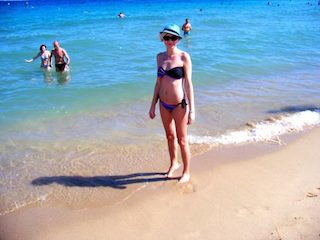
Siesta and Fiesta: Acclimating to Spanish Life
Let’s start with the famous siesta. Basically, everything shuts down in the afternoon hours between 2 PM and 5 PM. Banks, most of the stores, pharmacies and all kinds of public institutions (and most of them don’t open in the evenings at all) are closed, which means that you can’t buy anything or run any errands during these hours.
It took me ages to get used to it – hundreds of times I would go out to buy food for lunch and the stores would be closed and another hundred of times I would need some kind of service and I wouldn’t be able to receive it because it was siesta time. Not to mention that I had to take the day off from work to go to the bank (me and all the other people who work from 9 to 5)!
I heard that people from Mediterranean countries are more chilled out and their favorite answer for everything is “mañana,” which means tomorrow, but I wasn’t aware of how different the everyday Spanish life would be.
For those who plan to go there in the summer, be aware that in August most of the companies close their offices for the WHOLE month! Yes, that’s right, many places close for the entire moth (including many language schools and driving schools). It was pretty challenging to find a language school that was open in August. Also, almost everything is closed on Sundays, which was also very different from Poland where almost everything is open 7 days a week.
Another thing that I had to learn the hard way was that I couldn’t get food anytime I wanted it. Restaurants serve hot dishes at specific hours (usually between 1 PM and 4 PM). After the lunch hour passes, you will have to wait until dinner time to get a decent meal because most of the kitchens are closed. That means that you will only be able to get a sandwich or some kind of cold tapas.
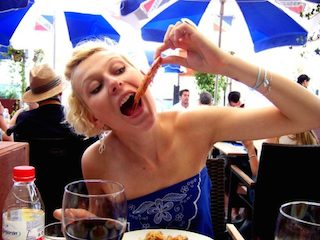
I was also very surprised when I saw that people drank a lot of wine during their lunch breaks. Some of them went back to work tipsy, which for me, a very proper girl back then, found really shocking.
But, I really liked the wine culture in Spain. I’m a wine lover so it was really great to be in a place where people appreciated wine and where I could get pretty good wine for a reasonable price. What I didn’t like was that people started drinking and eating really late. It killed my stomach and even after three years of living in Spain, that hasn’t changed.
Every time I went out to dinner with friends, I had two choices: to be the weird person who doesn’t want to have a delicious three-course meal at 11 PM, or to be the person with a stomachache the day after.
I like to have my dinner at a reasonable time like 7 PM or 8 PM, and in Spain you don’t dine before 10 PM or so, even on a working day. And, I hate going to sleep on a full stomach so I struggled a lot during every social gathering. I refused to have a heavy meal at this hour because it led to some unpleasant situations. Dinners in Spain are as heavy (or even heavier) than lunches.
When I think of dinner, I see a sandwich or salad. When a person from Spain thinks of dinner, she sees steak and potatoes.
So, every time I went out to dinner with friends, I had two choices: to be the weird person who doesn’t want to have a delicious three-course meal at 11 PM, or to be the person with a stomachache the day after. Believe me, I didn’t like either of those options but there was nothing else to do because no one would ever agree to have dinner at a normal time (for me).
You can imagine that if you have dinner so late, going out happens even later. That was another challenge. I was used to going out for a drink or to a dance bar at around 10 or 11 PM. In Spain, nobody goes out before 1 or 2 AM. It wasn’t easy for to stay up so late. If we met to have dinner and drinks before hitting the city, I would start to feel sleepy around midnight and lose all interest in going out.
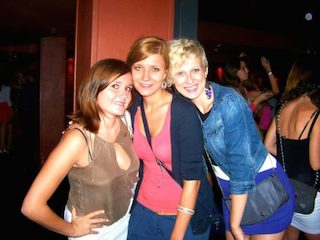
Siesta and Fiesta: Acclimating to Spanish Life
After a while I worked out the perfect solution: I would just go to sleep before and wake up just at the my friends wanted to leave the house. I know it might sound like a lame solution but at that time, that was the only way I could handle it. Now, for a change, I think it’s really weird when people want to meet at 7 or 8 PM on a Friday night.
I think that every stressed out person could benefit from living in Spain for a while.
On a more positive note, Spanish parties are awesome! People are really chill and like to dance. Clubs don’t close until sunrise and if you are lucky enough to live somewhere close to the shore, you can spoil yourself and enjoy the most beautiful part of the day on the beach. In Barcelona, there is a huge variety of bars and dance clubs so everyone can find something appropriate.
My crazy international group of friends and I had a lot of fun every time we went out, and I can definitely say that I went to some of the best parties in Spain.
Overall, in the beginning, life in Spain overwhelmed me. I wasn’t used to the fiesta and siesta way and it took me a while to understand the Spanish mentality and their way of living. The Spanish life changed me – I got the Mediterranean bug, and I loved it. I stopped getting so stressed out about everything, and I started to enjoy the small things in life like good coffee and quality time on the beach.
Although I still got annoyed when I encountered a closed store or when someone invited me out to a very late dinner, I got used to to the “Spanish way.” I think that every stressed out person could benefit from living in Spain for a while.
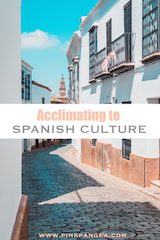
Have you traveled to Spain? How was your trip? Email us at editor@pinkpangea.com for information about sharing your experience and advice with the Pink Pangea community. We can’t wait to hear from you.
Siesta and Fiesta: Acclimating to Spanish Life photo credits: Unsplash and Joanna Kowalewska.









This is the most stereotypical post I’ve ever read about Spanish way of life. I’m from Barcelona, a city where you can find 24/7 a place to have a decent meal. I have one hour in my lunch break, me and the vast majority of citizens, so I can barely take a siesta. Favorite word “tomorrow”? I find it offensive.